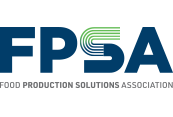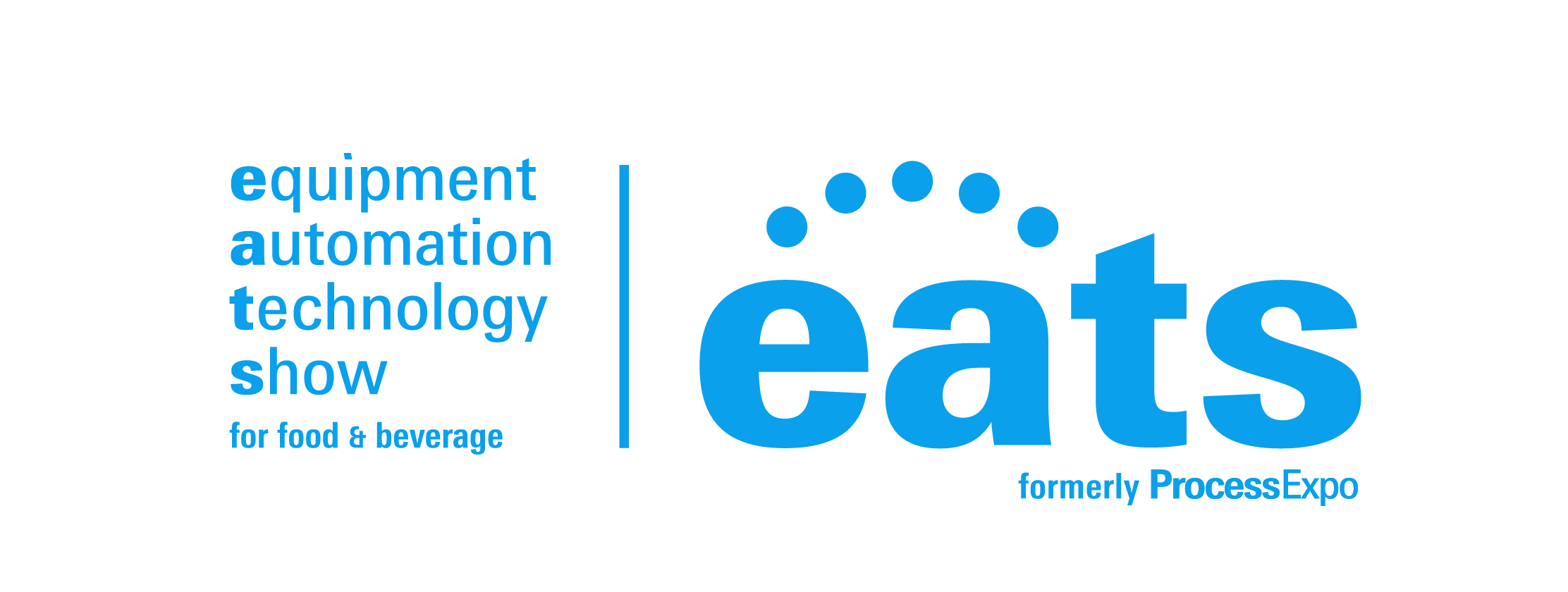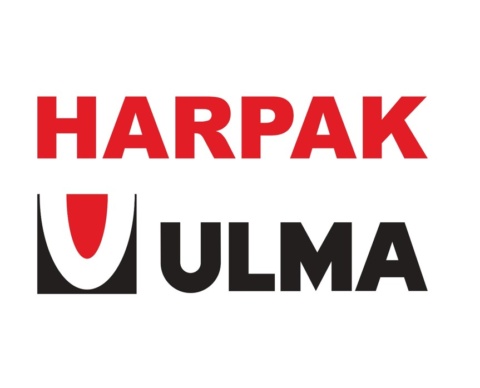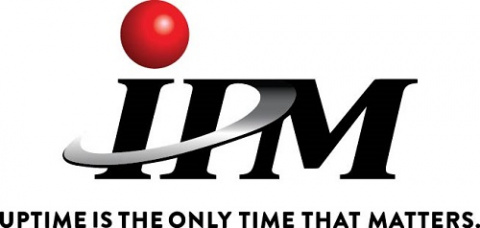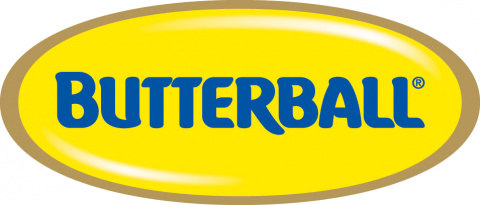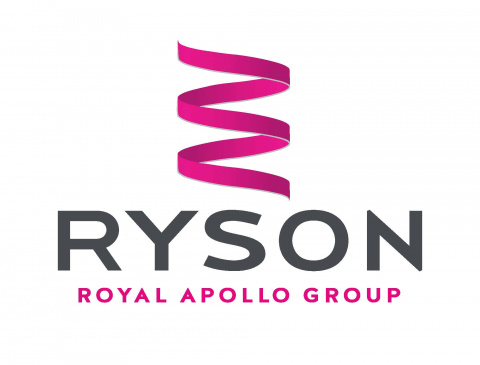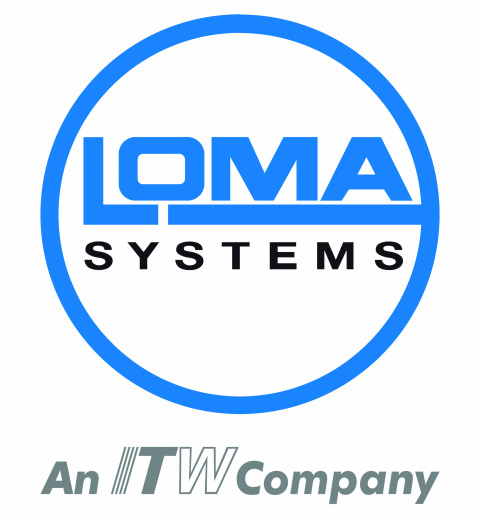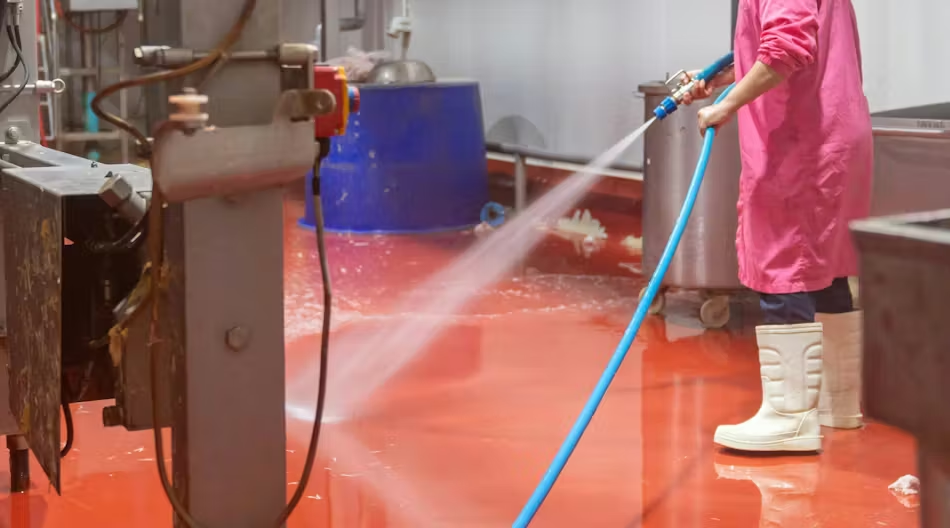
Andy Hanacek | Original Post
A critical natural resource, water conservation continues to drive many food and beverage processors’ environmental sustainability initiatives.
Water remains one of the most critical and foundational natural resources that food and beverage processing facilities use, and in the greater realm of sustainability-focused initiatives, conservation of that resource typically is the first step toward improved results. However, in many categories within food and beverage, conservation of water isn’t always as easy as it sounds.
Water is essential, obviously, as an ingredient in many products — but it also plays a much larger role in operations and sanitation that many outside the industry often realize. As important as it would be to follow a product recipe and not use the incorrect amount of water in the mixture, it is equally so when it comes to food safety and sanitation, as well as heating and cooling facilities, systems and equipment.
For a company as large as, say PepsiCo, for example, water conservation efforts can take on many forms. Within its beverage and snack operations, PepsiCo took on water usage directly and ended up meeting its 2025 global goal of a 25% improvement in operational water-use efficiency in high water-risk areas two years ahead of schedule (announced in May 2024).
In May 2025, PepsiCo revised some of its sustainability goals, including refining its focus on high-risk areas (to some criticism from environmental groups and media), but it retained its target to become net water positive by 2030.
Vernon, Calif.,-based Coast Packing Co., understands exactly how challenging it can be to push water conservation while operating in a water-stressed location. Chavis Ferguson, vice president of operations at Coast Packing, explains how the century-old animal fat shortenings company approached its water goals despite a large geographic and climate hurdle.
“During the historic 10-year drought in Southern California, our leadership set an ambitious goal to reduce water usage by 10 million gallons,” he says. “Given that water directly affects both product quality and safety, we knew any conservation efforts couldn’t compromise those standards; that left us focused on waste reduction and operational efficiency.”
According to Ferguson, Coast took a “methodical, data-driven approach” to its efforts, looking for areas where water was being wasted, measuring actual water usage and implementing reduction strategies that would not impact output.
“This included pinpointing hidden leaks, addressing poor hose-handling practices and correcting equipment that had gradually drifted from optimal performance — issues that often go unnoticed but contribute significantly to unnecessary water loss,” he adds.
Delicate balances
On a local level, making changes to water consumption without impacting the safety of the product stream remains the biggest challenge food and beverage companies face today, Ferguson says.
“Water conservation must never come at the expense of food safety. Sanitation and product quality will — and should — always take priority,” he says. “No environmental goal should override the fundamental responsibility to keep consumers safe.”
Looking at the bigger picture, balancing sustainability with business viability also creates challenges for companies — whether government officials support ESG initiatives or not. Certainly, the current presidential administration has questioned almost everything, including environmental sustainability, since it took office in January. But even in an ESG-friendly atmosphere, running a successful, efficient operation takes precedent.
“Every initiative must make both short- and long-term financial sense,” Ferguson says. “At Coast Packing, our leadership approached water reduction from that pragmatic standpoint — never using safety or cost as an excuse, but also never losing sight of them.”
Every plant will have a different threshold point, at which that balance slips. For many operators, monitoring incoming water at the meter makes the most sense. But for Perdue Premium Meat Co. (PPMC), more meters throughout the company’s Sioux Center, Iowa, plant makes more sense, according to Gary Malenke, senior vice president-pork operations, who spoke to Food Processing in April for another sustainability story. Those additional meters can tell PPMC exactly what processes are using the most water — and when systems may be failing and using more or less than normal. For some, that many meters may be too much — but for PPMC, the expense of the meters was worth the knowledge and insights they’d provide.
The final balancing act, in many ways, requires the patience of companies implementing the changes — an important factor in any implementation process. Ferguson reminds operators to not forget about employees’ typical behavior patterns and the comfort level they might have with the status quo. New initiatives and technologies take time to learn and master, he says, and changing standard procedures does as well.
Technology will continue to evolve to help the industry reduce its consumption, and companies should remain vigilant about following along and implementing these improvements. Stagnant water isn’t typically viewed as a positive thing in most cases, and companies shouldn’t allow their sustainability efforts to stagnate either.
“While we continue to explore cutting-edge technologies, our success to date has come from disciplined execution and continuous improvement in efficiency,” Ferguson says. “Water conservation isn’t a one-time project — it’s an ongoing commitment embedded in how we operate every day.”
Key Takeaways
-
Water conservation in food and beverage processing is critical but complex, as it must be balanced with product quality, food safety and operational efficiency.
-
Methodical, data-driven strategies can yield significant water savings, even in high-risk or drought-prone areas, as some companies' efforts have shown.
-
Sustainable water use requires a long-term commitment, cultural change and continual technological adaptation — not just short-term fixes.
